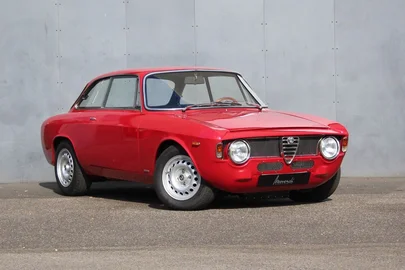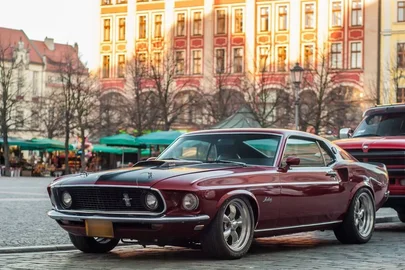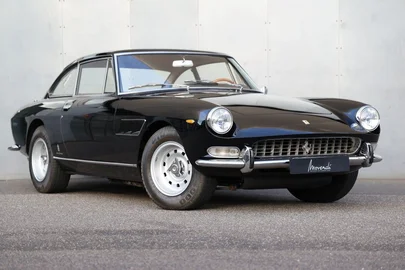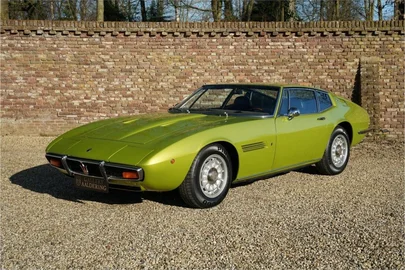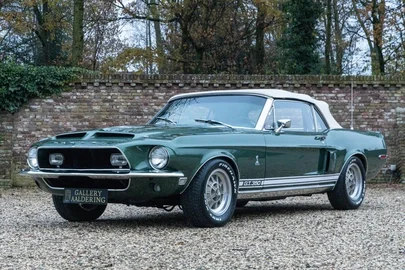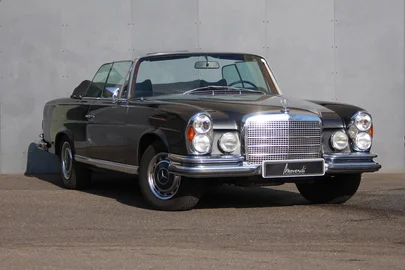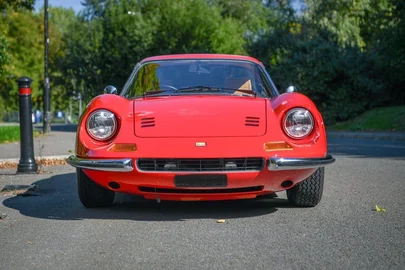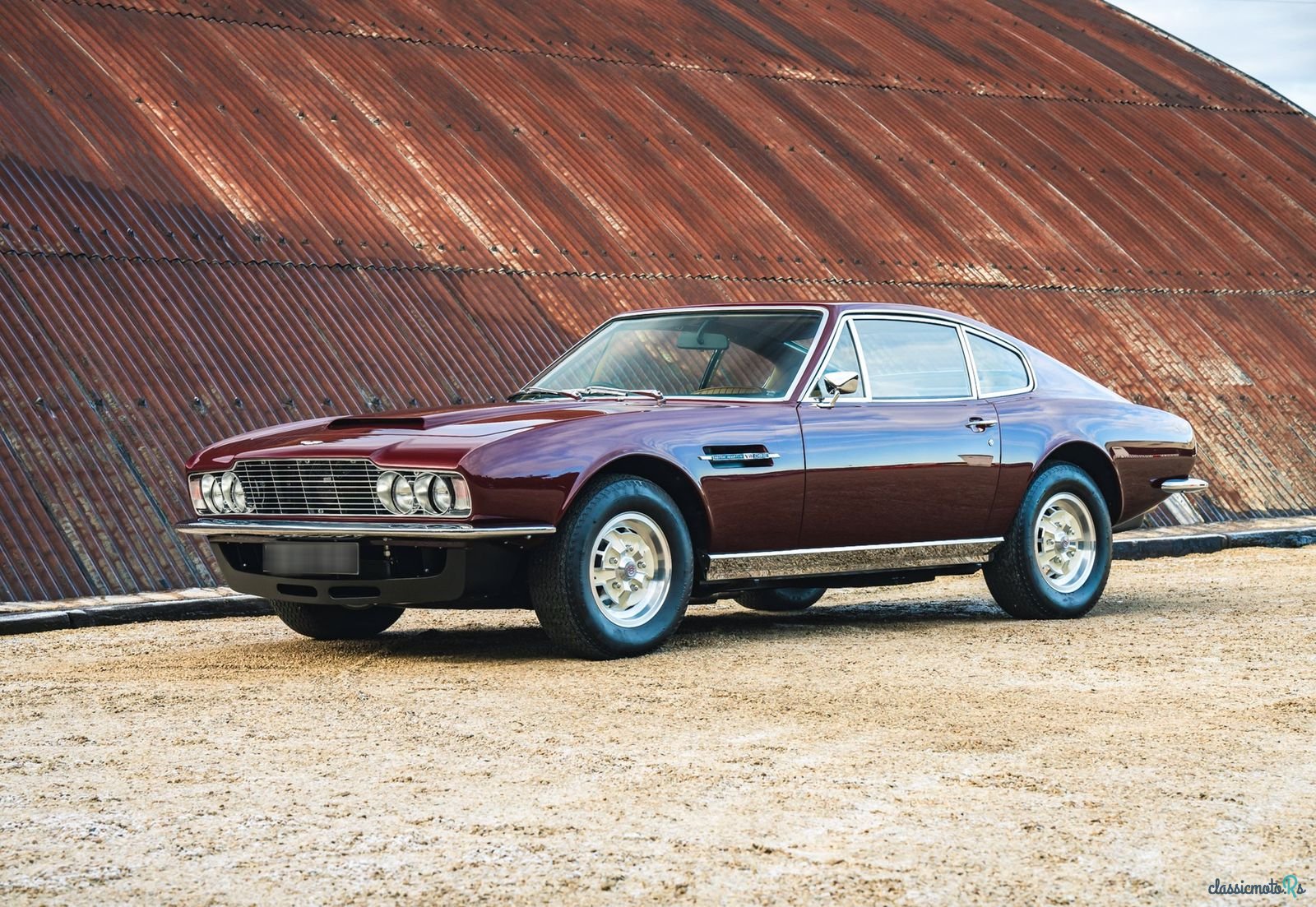

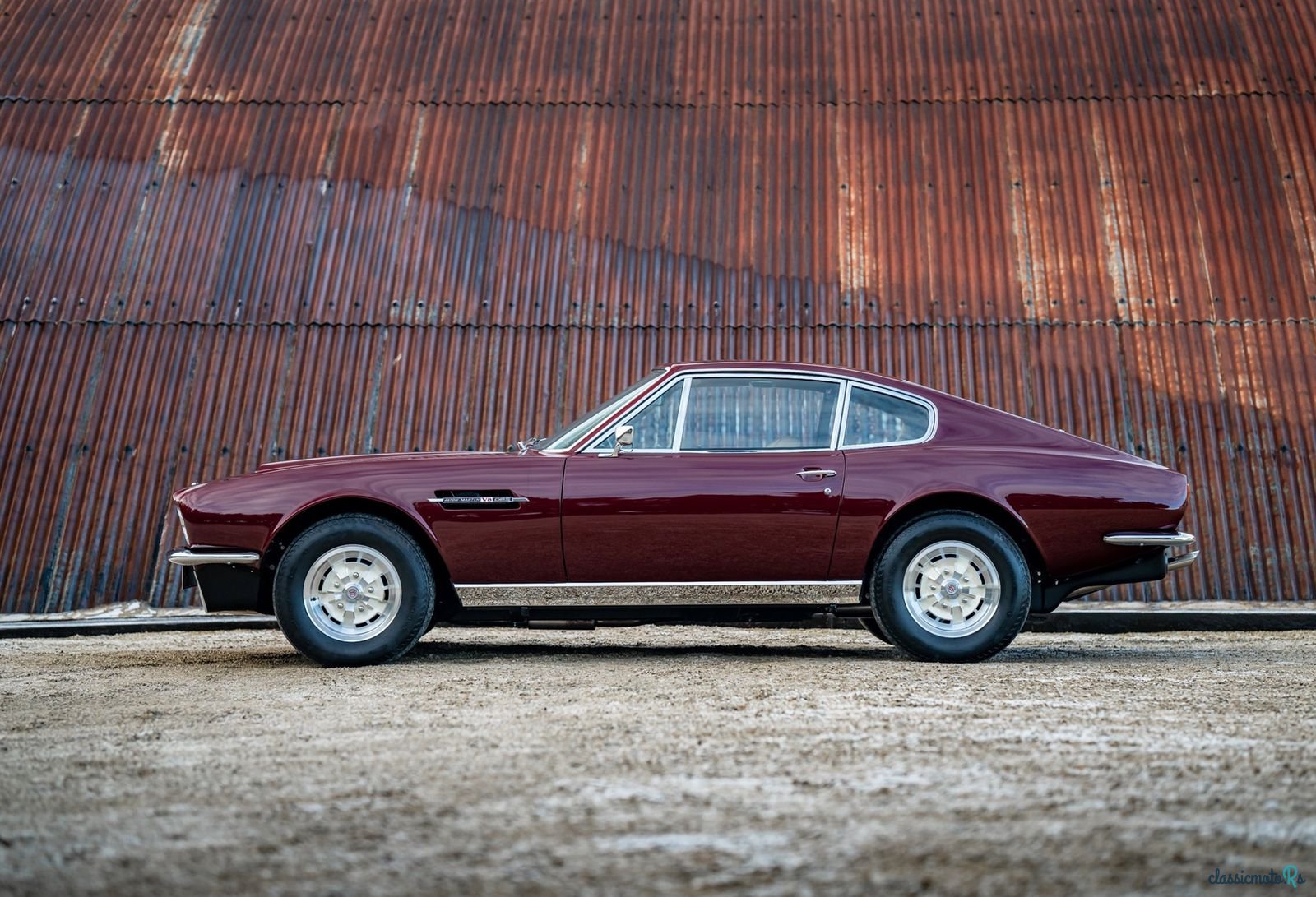
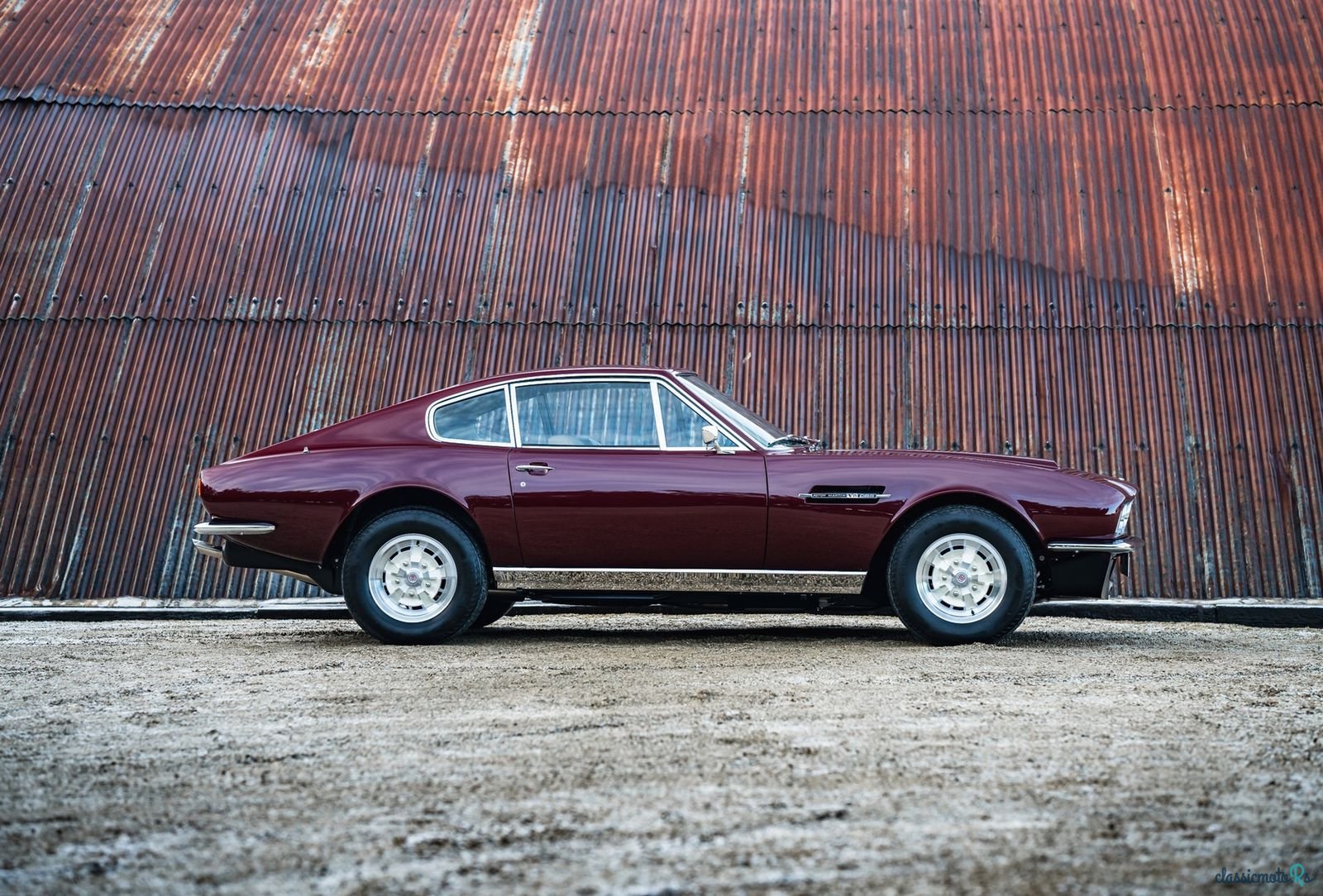
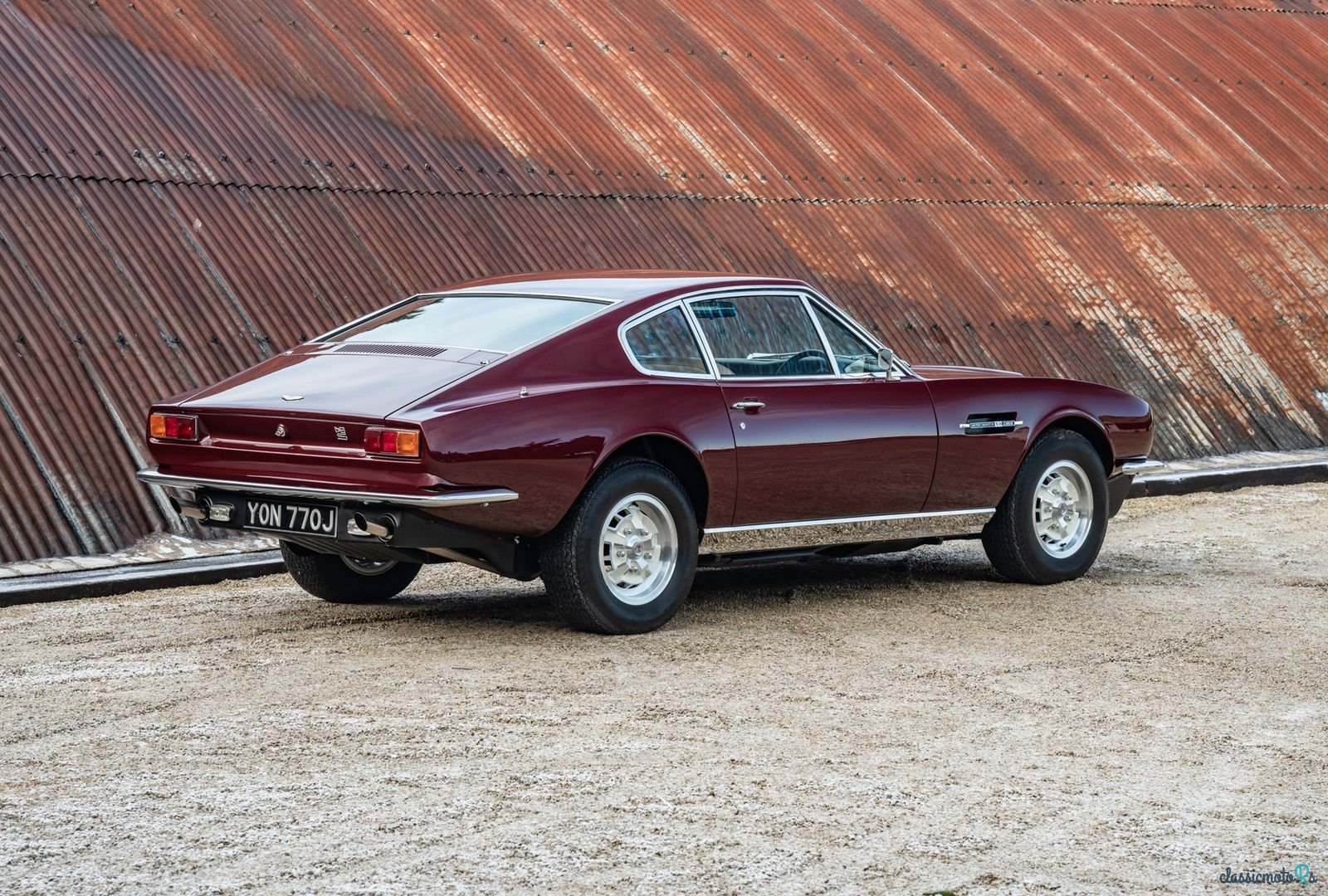

6 photos
1971' Aston Martin Dbs V8
Report This Ad!Rate This!Bookmark This
£289,000Published 2 May 2023ID: fTbAAN
Expired
2 years, 8 months ago
2 years, 8 months ago
Information from the owner
Age: 52 years
Exterior color: Silver
Seller's comments about 1971' Aston Martin Dbs V8
- Recent body-off restoration and now in concours condition
- Original colour combination of Dubonnet Rosso with Natural trim
- Extensive history file and one owner from 1981-2014
Presented in superb condition following an in-depth restoration by Richards of England, this Aston Martin DBS V8 is an exceptional example of this fast and practical British Grand Tourer.
The guarantee for chassis number DBSV8/ 10165/ R was issued on 18 March 1971 and the car was first registered on 26 March. It was finished in Dubonnet Rosso with Natural trim and Fawn carpet, and was specified with air-conditioning. The DBS was then supplied via Plough Motors to Malcolm Freedman in Edgware, although a few days later ownership was transferred to the Green Shield Trading Stamp Co Ltd at the same address. The original warranty – a copy of which is included with the car – was made out in that company’s name.
The Aston Martin passed to Reginald Baxter of Edgbaston in 1974, then to Norman Horwood. In 1981, it was acquired by Derek Grubb, who had dreamed of owning a DBS since he’d watched James Bond driving one on the silver screen. Grubb was an aircraft engineer and cherished his prized Aston. He had it repaired at the Newport Pagnell factory following a minor accident early in his ownership, and was delighted when German police quickly recovered it after it was stolen from the ferry terminal in Hamburg in 1989!
Shortly after that, Grubb took the DBS to Phoenix Car Restorations, where it was stripped to bare metal, repaired as necessary, and resprayed. He always kept the car in a garage, and even though his work took him all over the world, the Aston was ‘on the button’ and ready to use whenever he returned to the UK.
Grubb eventually decided to sell the DBS after more than 30 years, and in 2014 it passed to a new custodian. It changed hands again two years later, and in November 2019 it was entrusted to Lincoln-based marque specialist Richards of England so that a full ‘nut and bolt’ restoration could be carried out.
This was a ‘body off’ process that was far more extensive than simply stripping the car to bare metal, and which enabled in-depth bodywork repairs and preparation to be carried out before the DBS was resprayed in its original colour. The differential and automatic gearbox were rebuilt, the interior was fully retrimmed, the suspension and brakes were overhauled, and a new wiring loom was fitted.
A 450-mile road-test procedure then followed and final tuning was carried out by Aston Engineering – a dyno test showed the V8 to be producing 350bhp at just over 4700rpm. The whole restoration process is painstakingly documented within the car’s history file and no expense was spared in making the end result as good as it could possibly be.
Now being offered for sale, this Aston Martin DBS V8 is in concours-ready condition throughout – inspecting it on a ramp shows the underside to be just as pristine as the rest of the car – and must be one of the very best examples on the market.
Model history
Following the success of its DB4, 5 and 6, Aston Martin had intended Touring to design its replacement for that iconic series of cars, but the Italian company went out of business after producing two prototypes. In-house designer Williams Towns was therefore given the job of ushering in a new era. He produced a modern, sharp, square-edged design that set the template for the subsequent V8 models and helped to establish the accepted ‘look’ for a big Aston throughout the 1970s and 1980s.
The DBS should have been powered by a V8 engine from day one, but Tadek Marek’s new 5. 3-litre unit wasn’t ready in time, so Aston Martin initially carried over the 4-litre six-cylinder engine from the DB6. It was available in either standard 282bhp SU-carburettor form, or as the 325bhp Vantage, which used Weber carburettors.
Drive was via a ZF five-speed manual gearbox or a three-speed Borg-Warner automatic, and the rear suspension employed a de Dion set-up rather than the DB6’s live axle.
The DBS V8 eventually joined the six-cylinder model in 1969, and the two ran alongside each other until 1972. The six-cylinder DBS was then dropped, and the bigger-engined car morphed into the V8.
Contemporary road-testers praised the flexibility of the V8 engine, and when Autocar tested a DBS in 1971 it recorded a 0-60mph time of 6. 0 seconds and a top speed of over 160mph, which made it faster than the Ferrari 365 GTC. The DBS flew under the radar for a long time, but more recently it has started to attract a strong following for its blend of style and usable performance.
- Original colour combination of Dubonnet Rosso with Natural trim
- Extensive history file and one owner from 1981-2014
Presented in superb condition following an in-depth restoration by Richards of England, this Aston Martin DBS V8 is an exceptional example of this fast and practical British Grand Tourer.
The guarantee for chassis number DBSV8/ 10165/ R was issued on 18 March 1971 and the car was first registered on 26 March. It was finished in Dubonnet Rosso with Natural trim and Fawn carpet, and was specified with air-conditioning. The DBS was then supplied via Plough Motors to Malcolm Freedman in Edgware, although a few days later ownership was transferred to the Green Shield Trading Stamp Co Ltd at the same address. The original warranty – a copy of which is included with the car – was made out in that company’s name.
The Aston Martin passed to Reginald Baxter of Edgbaston in 1974, then to Norman Horwood. In 1981, it was acquired by Derek Grubb, who had dreamed of owning a DBS since he’d watched James Bond driving one on the silver screen. Grubb was an aircraft engineer and cherished his prized Aston. He had it repaired at the Newport Pagnell factory following a minor accident early in his ownership, and was delighted when German police quickly recovered it after it was stolen from the ferry terminal in Hamburg in 1989!
Shortly after that, Grubb took the DBS to Phoenix Car Restorations, where it was stripped to bare metal, repaired as necessary, and resprayed. He always kept the car in a garage, and even though his work took him all over the world, the Aston was ‘on the button’ and ready to use whenever he returned to the UK.
Grubb eventually decided to sell the DBS after more than 30 years, and in 2014 it passed to a new custodian. It changed hands again two years later, and in November 2019 it was entrusted to Lincoln-based marque specialist Richards of England so that a full ‘nut and bolt’ restoration could be carried out.
This was a ‘body off’ process that was far more extensive than simply stripping the car to bare metal, and which enabled in-depth bodywork repairs and preparation to be carried out before the DBS was resprayed in its original colour. The differential and automatic gearbox were rebuilt, the interior was fully retrimmed, the suspension and brakes were overhauled, and a new wiring loom was fitted.
A 450-mile road-test procedure then followed and final tuning was carried out by Aston Engineering – a dyno test showed the V8 to be producing 350bhp at just over 4700rpm. The whole restoration process is painstakingly documented within the car’s history file and no expense was spared in making the end result as good as it could possibly be.
Now being offered for sale, this Aston Martin DBS V8 is in concours-ready condition throughout – inspecting it on a ramp shows the underside to be just as pristine as the rest of the car – and must be one of the very best examples on the market.
Model history
Following the success of its DB4, 5 and 6, Aston Martin had intended Touring to design its replacement for that iconic series of cars, but the Italian company went out of business after producing two prototypes. In-house designer Williams Towns was therefore given the job of ushering in a new era. He produced a modern, sharp, square-edged design that set the template for the subsequent V8 models and helped to establish the accepted ‘look’ for a big Aston throughout the 1970s and 1980s.
The DBS should have been powered by a V8 engine from day one, but Tadek Marek’s new 5. 3-litre unit wasn’t ready in time, so Aston Martin initially carried over the 4-litre six-cylinder engine from the DB6. It was available in either standard 282bhp SU-carburettor form, or as the 325bhp Vantage, which used Weber carburettors.
Drive was via a ZF five-speed manual gearbox or a three-speed Borg-Warner automatic, and the rear suspension employed a de Dion set-up rather than the DB6’s live axle.
The DBS V8 eventually joined the six-cylinder model in 1969, and the two ran alongside each other until 1972. The six-cylinder DBS was then dropped, and the bigger-engined car morphed into the V8.
Contemporary road-testers praised the flexibility of the V8 engine, and when Autocar tested a DBS in 1971 it recorded a 0-60mph time of 6. 0 seconds and a top speed of over 160mph, which made it faster than the Ferrari 365 GTC. The DBS flew under the radar for a long time, but more recently it has started to attract a strong following for its blend of style and usable performance.
